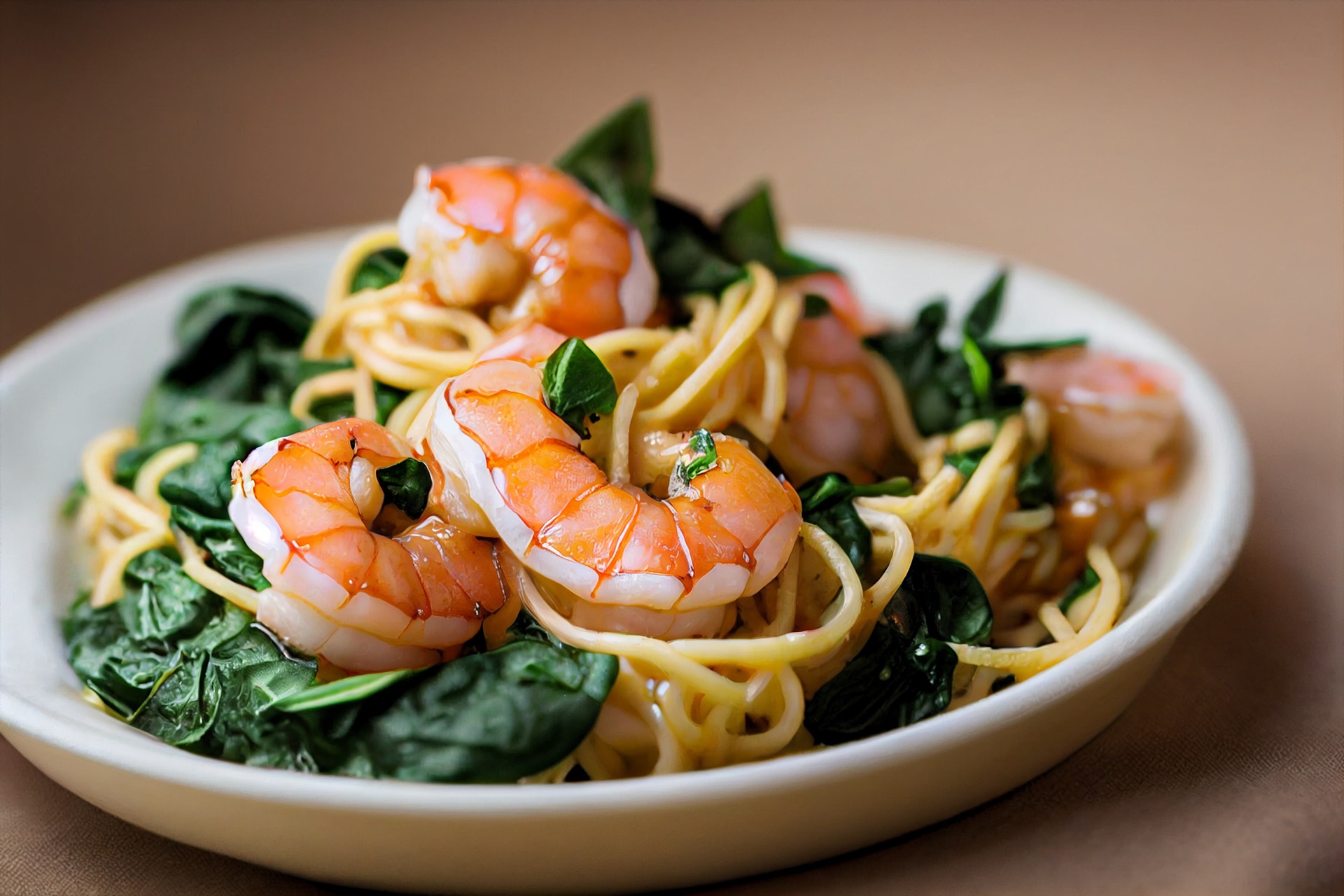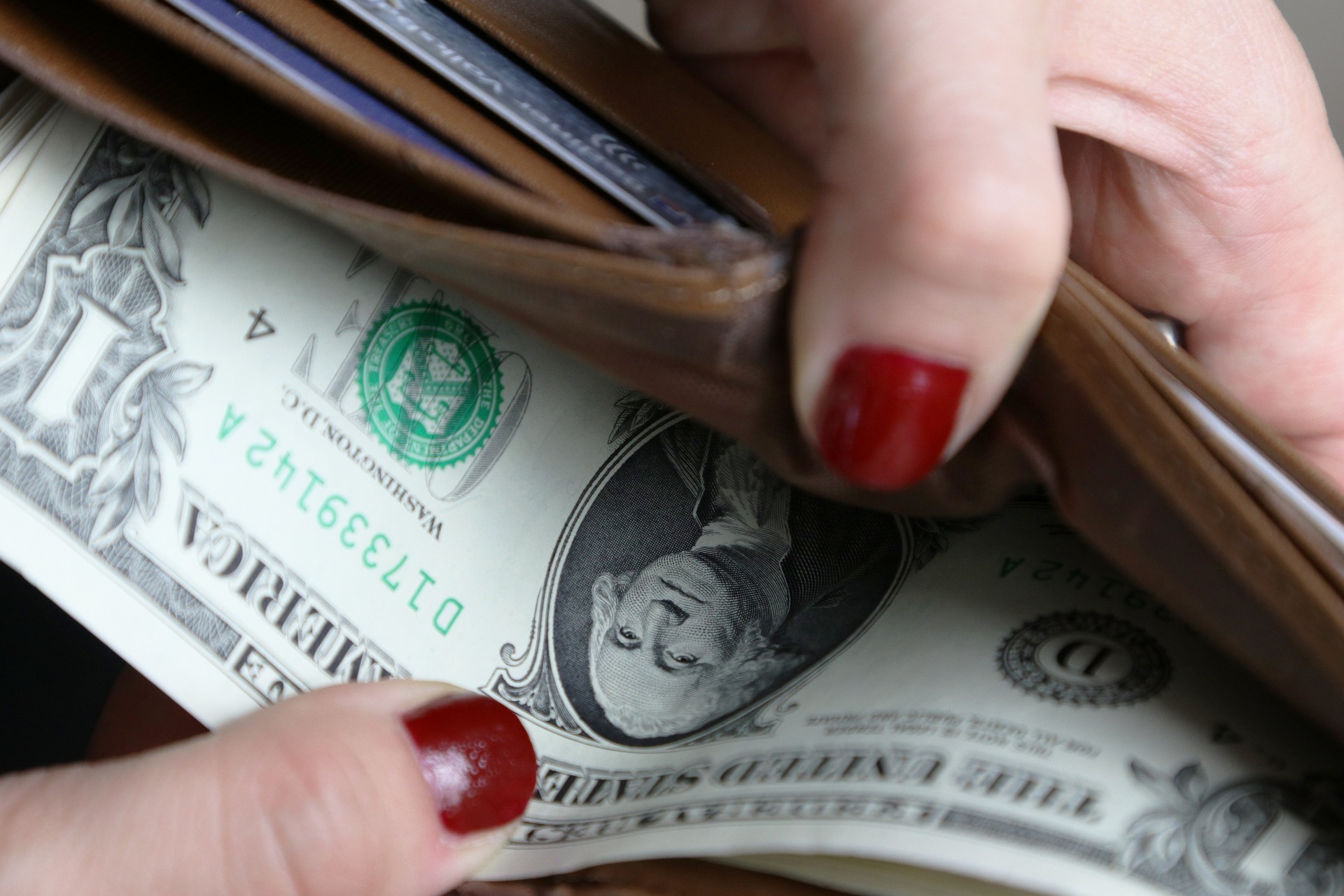Entomophagy: A Sustainable Pet Feed Alternative
In recent years, the issue of environmental sustainability has taken center stage in various sectors, and the pet food industry is not left out. An innovative trend rapidly emerging is the use of insects as a viable and sustainable source of pet feed - a practice known as entomophagy. This article explores the phenomenon of entomophagy in pet feeds, tracing its roots, and examining its implications for the pet food industry.
Historical Context and Key Developments
Entomophagy, the consumption of insects, has been a part of human diets in different cultures across the globe for centuries. However, its introduction to pet feed has gained popularity only in the last few decades. This shift results from an increasing awareness of sustainability issues associated with conventional animal farming practices and the search for alternative protein sources for pet diets.
Current News and Updates
This industry shift towards entomophagy has seen significant leaps forward - with companies in the USA, Europe, and Asia manufacturing pet feeds from cricket meal, black soldier fly larvae, and mealworms, among others. They are important marker trends for 2022 that indicate a continuing move towards sustainability in pet food products.
Pricing and Market Impact
Pet foods containing insects can be put at a slight premium to conventional foods due to the relatively high cost of insect farming and processing. However, as the technology matures and economies of scale kick in, prices are expected to drop. Experts predict a significant market impact with research showing high levels of pet owner acceptance for insect-based pet foods, especially when educated about their nutritional and environmental benefits.
Backed by Research
Research conducted by various universities and institutions worldwide supports the use of insects as a viable protein source in pet feeds. In addition to being rich in protein, insects also provide essential amino acids, fats, vitamins, and minerals in abundance. Moreover, insects have a far lower ecological footprint compared to traditional livestock, requiring a fraction of the resources such as water, land, and food.
Depth and Accessibility
While the idea of feeding pets with insect-based diets might seem strange initially, the benefits undeniably outweigh the initial yuck factor. If pet owners can overcome this initial aversion, they have the opportunity to contribute remarkably toward ecological conservation by merely choosing a more sustainable option for their pet’s meals.
The world of pet nutrition is evolving, and insect-based pet food represents the future of sustainability in this industry. As more people get on board with this trend, we look forward to a more viable and sustainable approach to feeding our pets.
In conclusion, entomophagy in pet feeds presents a unique opportunity to address the urgent need for sustainability in the pet food industry. Despite initial reservations, the results thus far are promising, forecasting a positive trend towards more adoption of this innovative pet diet alternative.





